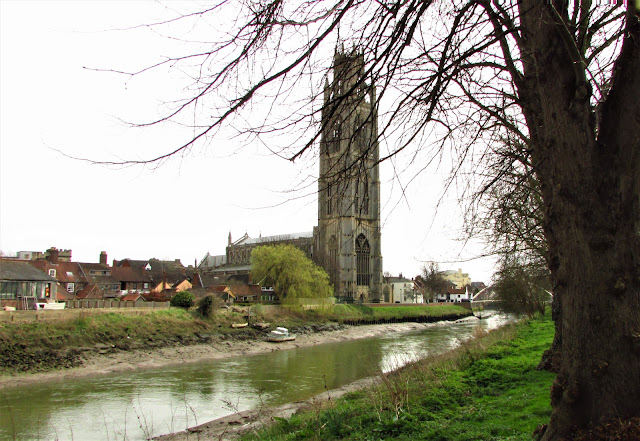Derbyshire County Council had better ideas and two years later were hard at work converting the hilly and muddy path into a hard surfaced multi purpose route. It was not an easy task as the derelict railway was not flat due to unstable ground and the removal of some bridges when the rail closed in the 1960s, another victim of Dr. Beeching.
Prior to that, the Great Northern Railway crossed the then town of Derby from North East to South West with Friargate Station the focal point in the centre. A large brick viaduct crossed the valley about where the Meteor Centre stands today and the railway crossed City Road at Chester Green and the River Derwent on Handisides Bridge which is now a pedestrian/cycle route.
Breadsall had a fine station together with a signal box, a lamp shed and a level crossing. The Station Master, Mr. Joseph Taylor, his family and the Station Cat, Timmy, lived in a house adjacent to the station.
The train above was about to pass beneath the A608 road seen here after the line was closed.
Subsequent road widening meant that the bridge was part demolished and the cycle path had to go over the remains with access on the steep bank seen on the right here.
Lots of trees were felled to achieve this.
All that remains of the station platforms today
The trackbed was not bad in some places ............................
...but much worse in others.

New fencing was erected along the new path. This piledriving machine is so powerful that the posts are square ended and not pointed as you might expect.
The path originally ended at the junction with the A608 road but in 2013, Derbyshire County Council completed Phase 2 of the project taking the path another 2km in the direction of Ilkeston, it's ultimate destination.
Note that the route was originally designated as Route 66 of the National Cycle Network, but was renamed Route 672 to avoid confusion with the Regional Route 66 which encircles the City of Derby.
Elsewhere on this blog, you will find a post with photographs of the Phase 2 path.
Click HERE for that.



























